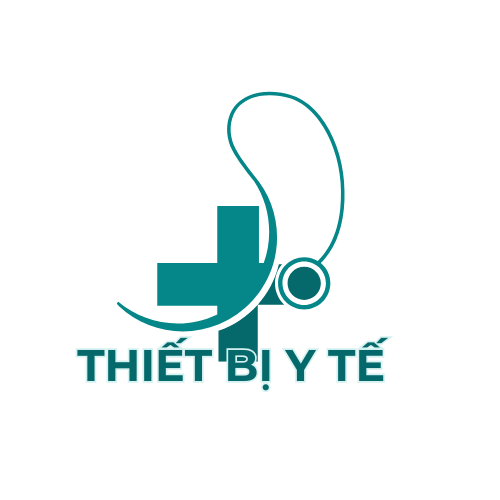Still curious how marketers run dozens of accounts without getting blocked? It usually boils down to dynamic mobile proxy IPs.
Way better than cheap proxies, 4G mobile proxies connect through live telecom carriers. That means Google, Instagram, and other platforms don’t flag you as a bot.
—
So, what are 4G LTE mobile proxies?
They’re actual cellular IPs that shift either by a timer. As a result, your fingerprint refreshes frequently — all running on real cell towers.
—
Why do marketers use them? Here’s why mobile IPs dominate in 2025:
– Stay invisible to bot filters
– Farm accounts without bans
– Useful in sneaker copping
– Blends in with natural traffic
– No reused, flagged IPs
—
How are they delivered?
1. Proxies hosted on a single modem
2. Shared pool proxies
3. Click-to-rotate mobile proxies
4. Automatic IP rotation every X minutes
Each type fits different use cases. For example, a 1:1 device gives more stability but more risky.
—
Let’s compare with other types:
| Proxy Type | Real IPs | Rotation | Price | Ideal Use Case |
|—————-|———-|———-|——–|—————————–|
| Datacenter | ❌ | ✅ | Cheap | Non-login bots |
| Residential | ✅ | ❌ | $$ | Ecom |
| ISP | ✅ | ✅ | $$$ | Sensitive access |
| **4G Mobile** | ✅✅ | ✅✅ | $$$$ | Everything above + stealth
—
Trusted providers?
– AirProxy
– IPBurger
– Test latency before buying.
—
Do’s and Don’ts:
**DO**:
– Let accounts age
– Stay unpredictable
– Use mobile user agents
**DON’T**:
– Overload proxies
– Rotate too fast
– Use shared IPs for logins
—
Wrap-Up:
4G rotating proxies are essential in digital campaigns. They’re expensive, but they pay off.
If you’re doing scraping, automation, or social media|running ads, verifying SERPs, or managing bots, you can’t afford bans — these proxies solve that.

